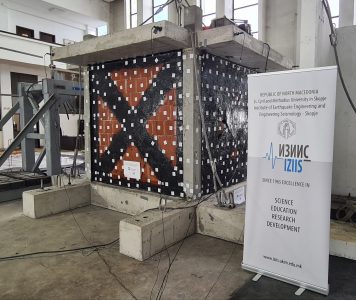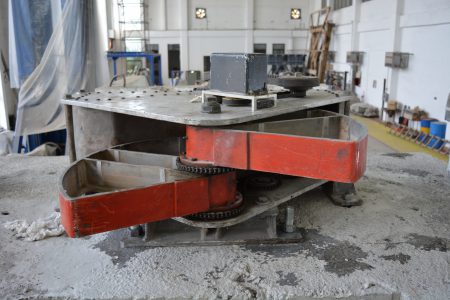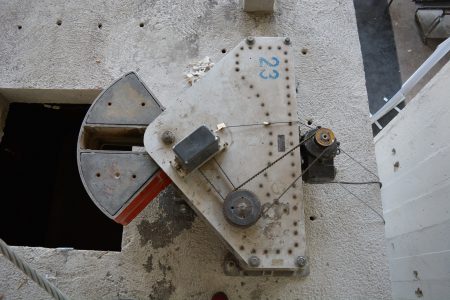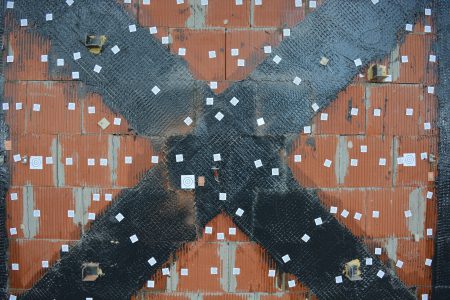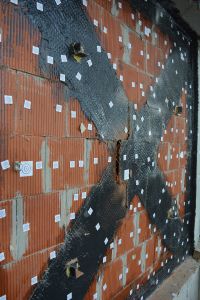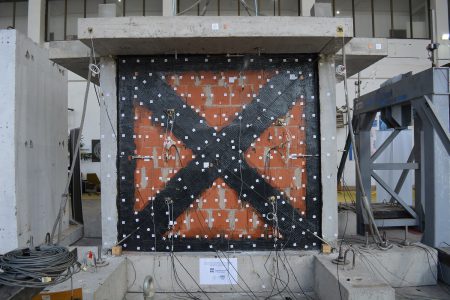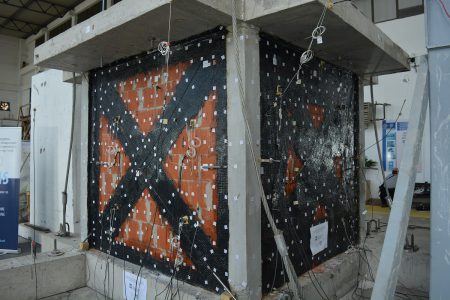Competition for second cycle (doc) Competition for third cycle (docx) The tuition fee includes the amount of study costs for organizing classes, workshops and seminars, mentor, commissions and units-organizers of…
Announcements
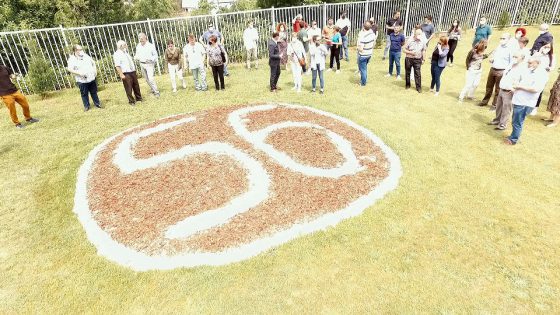
56 years since the establishment of IZIIS
On May 27, 2021, the patron day of IZIIS was marked, ie 56 years since its establishment. On this special occasion, acknowledgements were given to 8 of our colleagues who…

Information for students interested in enrolling in the second cycle (second enrollment period)
You can send the necessary documents regarding the announced competition to the email student@iziis.ukim.edu.mk. The obligation to complete the application on the iKnow system remains.
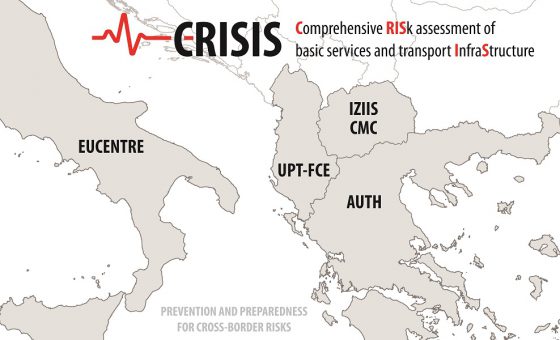
CRISIS Project
Comprehensive RISk assessment of basic services and transport InfraStructure (CRISIS) is a European Union Civil Protection Mechanism Project (101004830 | UCPM-2020-PP-AG) coordinated by IZIIS aiming to enhance cross-border cooperation and…
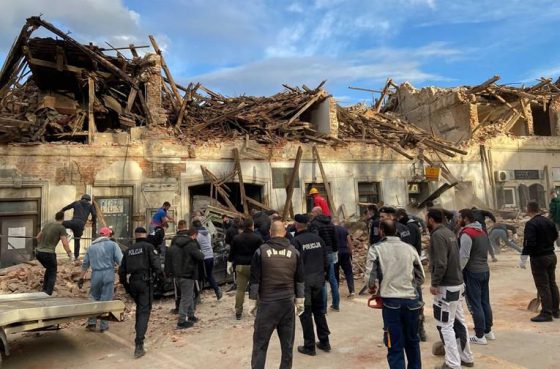
6.4 magnitude earthquake in Croatia
Again, in these difficult times of worldwide pandemic, the region was stricken by a strong earthquake with moment magnitude of 6.4, which took a place in Croatia near Petrinje. The…
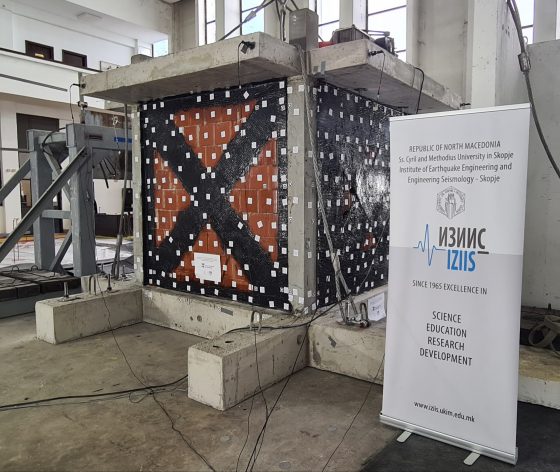
Forced vibrations laboratory tests held by telepresence for the first time since the foundation of IZIIS in 1965
After the successfully realized INMASPOL (INfills and MASonry Structures by Deformable POLyurethanes in Seismic Areas) project in the framework of SERA (Seismology and Earthquake Engineering Research Infrastructure Alliance for Europe) research project in 2019, the mutual collaboration between Cracow University of Technology – CUT and the Institute of Earthquake engineering and engineering seismology – IZIIS in Skopje went further on.
The purpose of the activities undertaken at the request of TUK, i.e., additional tests on the model from the INMASPOL project, was to continue assessing the efficiency of the innovative method for seismic protection of structures. This time, through tests on a full scale model of RC elements with masonry infill by means of the forced vibration method. By placing the model aside from the shake table, the risk was considerably reduced and a possibility for its testing and causing serious damage was created. With the last tests inclusive, the model was completely destroyed considering that all joints lost their bearing capacity and the structure behaved as a mechanism. Upon loss of bearing capacity of composite materials, the block bricks of the partition walls also suffered individual displacement irrespective of each other.
For the first time since the foundation of the Institute in 1965, due to the current global Covid 19 pandemic, the experimental activities in the laboratory were successfully performed by virtual presence of all stakeholders. Virtual presence was enabled through three high resolution adjustable cameras and a special communication link of Microsoft Office 365 Teams and Stream applications.
In the period to come, detailed analyses of the results obtained by the seismic shaking table tests and the tests by use of the forced vibration method will be carried out, hopefully resulting in further fruitful scientific cooperation.

